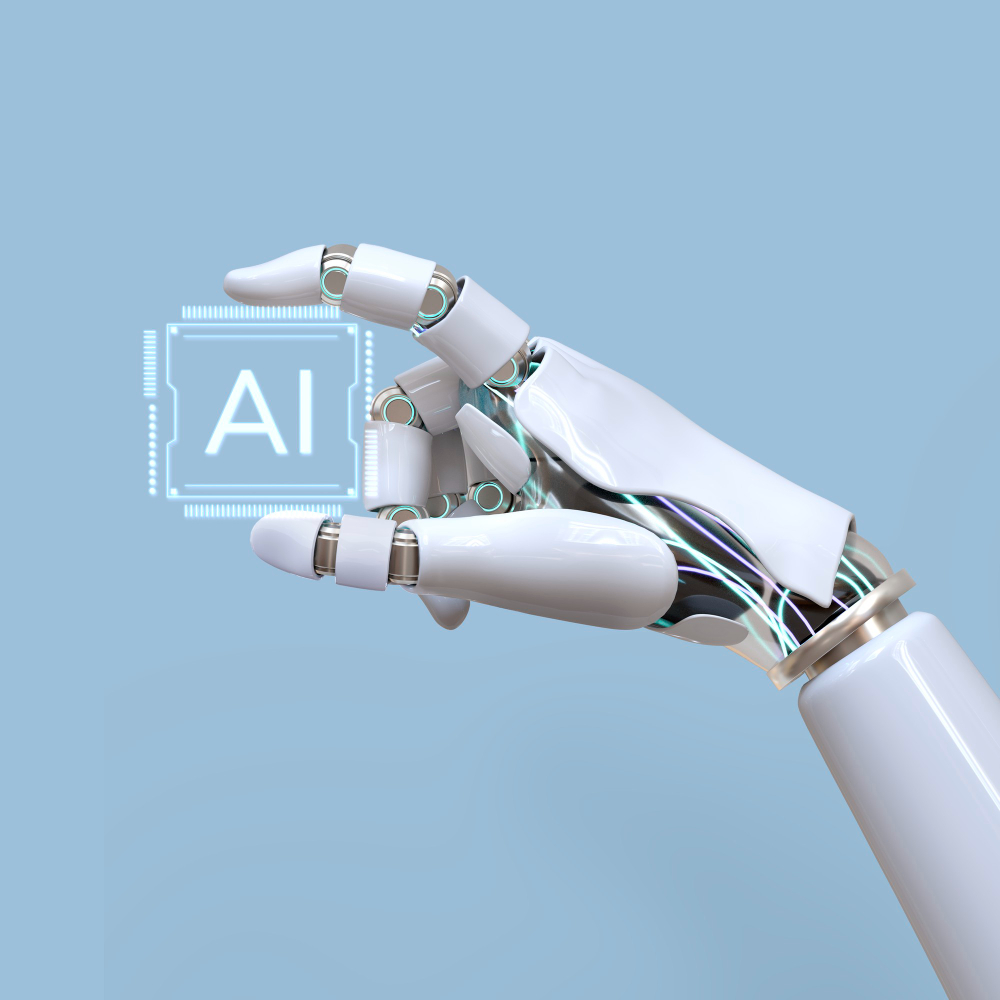Internet Top Emerging trends in 2024

The web development landscape is constantly evolving and we’re sharing the top emerging trends you’re likely to see in 2024, and how other businesses are making the most of them right now.
1) Internet of Behaviour (IoB)
Internet of Behaviour (or IoB) is a system that you likely encounter every single day, yet it’s nowhere near as recognized as technology like AI – yet. IoB is our first prediction for one of the biggest trends in 2024, and it’s key to the ways we monitor trends in the future.
The Internet of Behavior (IoB) is an emerging concept that focuses on the collection, analysis, and interpretation of data related to human behavior from various sources. It encompasses a range of technologies, data sources, and analytics methods to gain insights into human actions, preferences, and habits.
The results of utilising IoB speak for themselves; 89% of marketers see a positive ROI when they use personalization in their campaigns. The results of this level of personalisation mean that the market is projected to reach $2.7 billion by 2027 – so getting ahead of the competition in 2024 is sure to pay off.
2) Artificial Intelligence & Machine Learning
AI has recently taken on a life of its own in the cultural zeitgeist too. Another key field is machine learning, although it’s arguably less talked-about.
Distinguishing the difference – and how to use them – will be key in 2024.
What is the difference between AI and machine learning?
Artificial Intelligence (AI):
1) AI is a broader field of computer science that aims to create machines, systems, or software that can perform tasks that would typically require human intelligence.
2) AI encompasses a wide range of techniques, including machine learning, natural language processing, computer vision, expert systems, and more.
3) AI systems can be rule-based or involve learning from data. They may or may not be able to adapt and improve their performance over time.
4) AI can include both narrow or weak AI (designed for specific tasks) and general or strong AI (machines with human-like general intelligence).
Machine Learning (ML):
1) ML is a subset of AI that focuses on the development of algorithms and statistical models that enable computers to perform specific tasks without being explicitly programmed.
2) ML involves the use of data to train algorithms, allowing them to identify patterns, make predictions, or learn from experience.
3) ML algorithms can be categorized into supervised learning (where models are trained on labeled data), unsupervised learning (where models find patterns in unlabeled data), and reinforcement learning (where agents learn to make decisions based on rewards and penalties).
4) ML is particularly well-suited for tasks like image and speech recognition, natural language processing, recommendation systems, and more.
The uses of this kind of technology are endless, from self-driving cars to fraud detection, which explains the boom in machine learning jobs in the last few years – in fact, the global ML market is expected to reach $117.19 billion by 2027.
There are already a wide range of industries making the most of these tools, including healthcare, finance, manufacturing and transportation – and 2024 will likely see many more. One of the most popular use-cases is customer support; AI and ML are being used to provide 24/7 troubleshooting via chatbots. Machine learning allows chatbots to be more productive, responsive, and interactive, improving customer satisfaction.
3) Severless Architecture (Cloud Computing)
Serverless architecture is a cloud computing model that allows developers to build and run applications without the need to manage traditional server infrastructure. In a serverless architecture, the cloud provider automatically handles server provisioning, scaling, and maintenance, allowing developers to focus solely on writing code and defining the desired functionality of their applications.
It saw a huge rise during the pandemic, and although it was driven by necessity, it meant that the advantages of serverless architecture could be more widely realised. There are three big cloud providers you’re likely to come across:
- Google Cloud Provider
- Amazon Web Services (AWS)
- Microsoft Azure
There are three main perks:
1) It’s a highly scalable model. Since it doesn’t rely on physical infrastructure, serverless architecture can be scaled up or down depending on your needs without too much trouble or cost. It also means your developers aren’t spending time managing the underlying infrastructure.
2) The second is availability; data is always available, even during downtime.
3) Finally, it facilitates remote working. This was the big draw during the pandemic, but with hybrid and fully-remote working becoming a permanent fixture in the industry, it’s a big selling point. With traditional servers, you’re tied to a location, but with cloud architecture, data can be made available anywhere you need it. It can be accessed by employees at any time from anywhere in the world, as long as they’ve got an internet connection.
READ FULL ARTICLE HERE